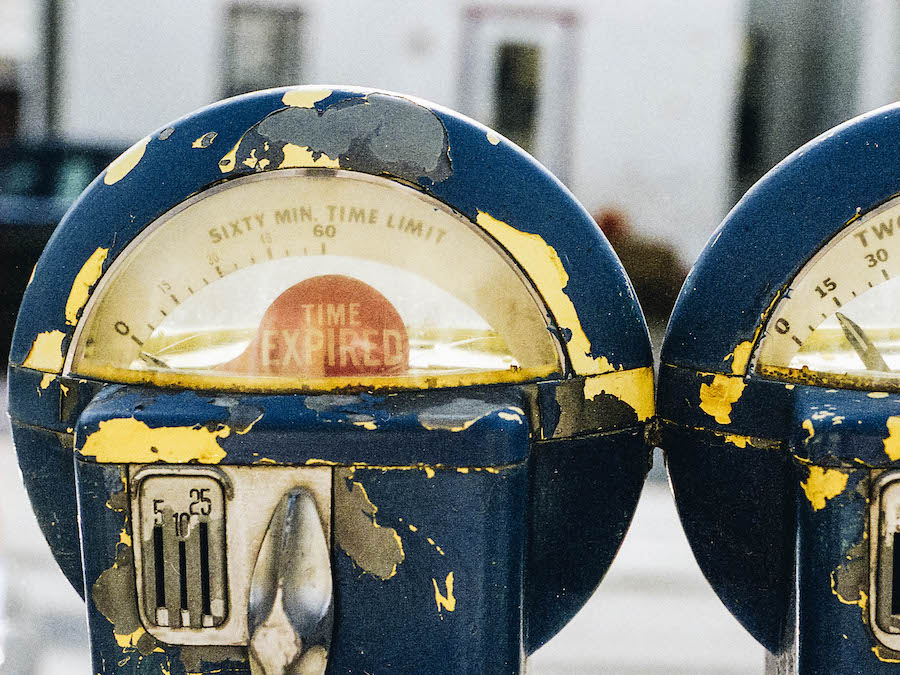While I wouldn’t go as far as saying that I am a trypanophobic, the sight of needles and blood do make me nervous to a certain degree. And that is why giving blood was on my bucket list for so long without a checkmark next to it.
However, as I always say, sometimes you need to push through the fear and look at the benefits of stepping out of your comfort zone. And there are plenty of advantages when it comes to donating blood. From cancer treatments to high-risk surgeries, you take a little part in helping save lives. It is a random act of kindness where you lose nothing, but gain a priceless altruistic feeling.
What to Expect from Giving Blood: Donation Benefits, Needle Gauge & More
The Benefits of Donating Blood
In case you haven’t thought about it before, here are a few benefits and advantages of giving blood:
1. Lowers the Risk of Heart Diseases
While we were busy gobbling down cheeseburgers and French fries over the years (I’m guilty of this too!), our blood thickens significantly. When blood viscosity increases, so does the risk for heart attacks, high blood pressure, and stroke. One easy way you can lower blood viscosity is by donating blood regularly. Studies have shown that it lowers the total cholesterol and low-density lipoprotein cholesterol (the bad guy!), hence, decreasing the overall risk of cardiovascular diseases.
2. Lowers the Risk of Cancer
Though by a very slim margin, a study conducted by the Journal of the National Cancer Institute showed that donation of blood maintains iron stores in the body at healthy levels. These lower iron levels are associated with the a lower risk of cancer.
3. Liver Stays Healthy
Iron load can also cause irreversible damage to your heart and liver. When you donate blood, you deplete the iron stores which helps to prevent iron-linked liver diseases.
4. Reduces Stress
We may take it quite lightly, but helping our fellow humans has a major effect on us. Positive vibes, guys! Research has shown that through blood donation, people have felt happier, lighter and a part of the community. It reduces stress and offers a sense of belonging. You simply feel better about yourself when you do something good.
5. It’s a Free Mini-Checkup!
Many of us are too consumed with our day-to-day lives to visit our family physicians regularly. When you go to donate blood, you get a free examination that typically includes blood work, pulse, blood pressure, hemoglobin level and body temperature. The mini-health screening can detect some underlying infections and whether you are at a risk of heart disease or not. This is definitely not meant to replace seeing your doctor regularly, but it is like getting a free in between check-up!

What to Expect When Giving Blood
I’ll be honest, it is not all cupcakes and butterflies (though there might be cupcakes waiting for you afterwards!). Donating blood is slightly uncomfortable, but usually just for a second or two when you are pricked. The first needle is typically a quick pinch in the finger just to test your iron levels to make sure you are a candidate for giving blood. If you pass, then you are pricked one more time with the withdrawal needle. Other than that, there is usually no pain when the blood is being drawn. If you are in a good health, you shouldn’t face any issues.
After the needle is removed and you stand up, you may feel a little dizzy and lightheaded. If that is the case, lie down for a while, eat something (which they usually provide for you) and drink lots of fluids to keep yourself hydrated.
My Experience: If the thought of giving blood really makes you nervous, then bring someone for support. On my first time I needed my mom for some security and strength. She had given blood many times before and convinced me that the feeling of saving lives would far outweigh the fear of that needle piercing my poor, unscathed arm (she was right!).
Though the volunteers at Blood Bank of the Redwoods also made me feel comfortable and were so accommodating to my annoying requests; to place my chair adjoining my moms, to use the smallest needle possible while giving blood (they said they did, but may have been fibbing) and to take many photos as proof.
Just like in most cases, the anticipation was far worse than the pain. Actually, the little finger prick was worth than the bigger needle! With my needle in, I was told to relax for the next 7-8 minutes until my one-pint of blood (enough to save 3 lives) was withdrawn.
After the procedure I got up from my lounge chair slowly, fully expecting to feel hazy, but there was nothing. Really, nothing. We headed over to the hodge-podge of grub suited for a children’s birthday party, and I quickly reached for the Chips Ahoy feeling that I deserved to indulge in this sugary, high calorie treat. I just got done giving blood for Gods sake!

Here is what you need to know before you donate blood for the first time:
-
How Long Does It Take?
The actual procedure of drawing whole blood takes only about 7 to 12 minutes. However, the entire process that includes registration and check-up can take up to an hour. Donation of platelets is longer than whole blood; the collection only can take up to 1.5 hours.
-
What is the Needle Size?
As you bravely march over to donate blood like a courageous hero, you may falter at the sight of the needle. Yes, it looks HUGE. I recommend not looking, until after!
To minimize shearing forces that irreversibly damage the red blood cells, a large needle (16 to 17 gauge) is used during the collection of blood. Moreover, a tourniquet may be tied around your upper arm to increase the pressure and flow of blood.
-
How Does It Feel?
As I mentioned before, the needle pricks are a slightly uncomfortable, but are over before you know it. After the whole event of giving blood there may be a little pain at the site where the needle was inserted, lightheadedness and nausea (though none of this happened to me). Lie down, have fruits, and drink a lot of water.

Blood Donation Rules & Requirements
If you are wondering whether you are eligible or not to donate whole blood, check out the following rules and requirements:
- You must be in a good state of health. Your hemoglobin levels, pulse rate, blood pressure, iron and body temperature must fall in a normal range.
- You must be 16 or older.
- Your weight must be at least 110 lbs.
- You must be free of infections and conditions.
How Often Can You Donate?
Donation frequency is every 56 days. Though for power red and platelet donation, rules are a little different:
- In power red donation, you can safely donate two units of red. Its frequency is 112 days. Male donors must be at least 17, and female donors must be at least 19.
- Platelet donation can be done every two weeks as platelets have a high production rate.
If you are still confused, don’t worry. Go to a blood donation center near you and they’ll be able to tell you whether you meet the requirements or not.

Blood Donation Centers
It is possible that you have some blood donation centers in your town or nearby, but just in case here are some of the top ones:
- American Red Cross: It is the world’s largest organization also known as International Red Cross and Red Crescent Movement. It has approximately 17 million staff members and volunteers with around 191 societies and organizations all over the world. Their website makes it easy to find a drive near your zip code.
- America’s Blood Centers: With more than 600 collection sites, America’s Blood Centers’ supplies blood to over 3,500 hospitals and healthcare facilities.
Free juice and biscuits combined with happiness and other health benefits – that’s the advantages of giving blood. And believe me, I milked every minute of the “I just gave blood” cow, just short of lying on the couch watching soap operas and eating a pint of gelato (in honor of the amount of blood I just gave).
Take a deep breath; roll up your sleeves and push through the fear to help save a life, or rather 3 lives.
Ready to Start living your bucket? Use my Favorite Resources:
Finding Ideas
Of course this bucket list blog and my bucket list are great resources, but you can also use my free printable 2,000 bucket list ideas.
Naming Your List
Some people don’t love the term “bucket list”. But, what is most important is that you have a list, not what you call it, so here are 25 other names for a bucket list.
Storing Your List
I’ve created the perfect Google Sheets Bucket List Tracker Spreadsheet, that helps you store your list, plus keep track of all those checkmarks you’ll be making on it!
Save this Post to Pinterest

More Kind Things to Do
- 75 Random Acts of Kindness Ideas: Examples of Nice Things to Do
- Being Grateful: 100 Things to Be Thankful For Today
- How to Send a Military Care Package to a Soldier
- Printable Daily & Weekly Gratitude Journal Worksheet
- Giving Back Bucket List: 36 Good Things You Can Do
- 115 Daily Gratitude Journal Prompts to Inspire You








I found it interesting when you said that the first needle is testing the iron levels to see if the person is a good candidate. The kids in our local youth group are doing a blood drive next week and I want to make sure they know what goes into it and how they can be prepared. I’ll be sure to share this information with the group and try to encourage more of the kids to donate.